Home>Gardening & Outdoor>Plant Care & Gardening Tips>What Do Gardeners Do
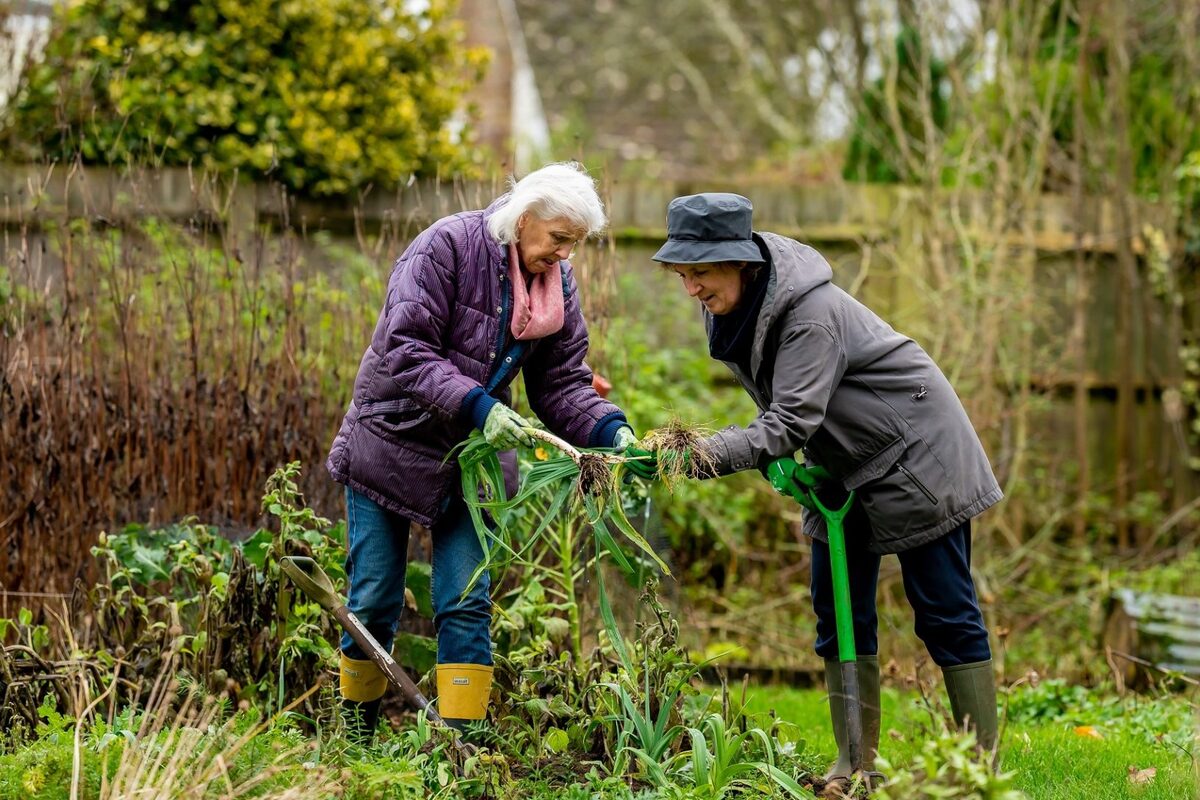

Plant Care & Gardening Tips
What Do Gardeners Do
Modified: May 6, 2024
Discover the essential tasks of gardeners, including plant care and gardening tips, to achieve a thriving and beautiful garden. Learn how to care for your plants and maintain a flourishing garden.
(Many of the links in this article redirect to a specific reviewed product. Your purchase of these products through affiliate links helps to generate commission for Storables.com, at no extra cost. Learn more)
**
Introduction
**
Gardening is a delightful and rewarding practice that allows individuals to connect with nature, cultivate beautiful landscapes, and enjoy the bounties of their labor. Gardeners play a pivotal role in nurturing and maintaining the health and vitality of plants, ensuring that they thrive in their environment. This comprehensive guide will delve into the various aspects of gardening, shedding light on the essential tasks and responsibilities that gardeners undertake to create and maintain flourishing gardens.
From planting and cultivating to pest control and customer service, gardeners wear many hats as they tend to the diverse needs of plants and cater to the preferences of gardening enthusiasts. Whether you are a seasoned gardener or a novice with a burgeoning interest in horticulture, this article aims to provide valuable insights into the multifaceted world of gardening, offering tips and techniques to help you foster a thriving garden oasis. Let's embark on this horticultural journey together, exploring the intricate and fulfilling art of gardening while uncovering the secrets to nurturing vibrant and flourishing green spaces.
**
Key Takeaways:
- Gardeners play a vital role in nurturing plants, from planting and cultivating to pest control and customer service. They create thriving gardens and share their knowledge to inspire others in the horticultural journey.
- Gardeners carefully maintain and shape gardens, harvest and preserve the fruits of their labor, and provide excellent customer service to gardening enthusiasts. Their dedication creates beautiful outdoor sanctuaries and fosters a sense of community among nature lovers.
Read more: What Do You Call An Indoor Garden
Planting and Cultivating
**
Planting and cultivating form the foundation of a successful garden, laying the groundwork for healthy growth and abundant harvests. Gardeners meticulously select suitable plant varieties, considering factors such as climate, soil conditions, and sunlight exposure to ensure optimal growth. The process begins with preparing the soil, which involves loosening the earth, removing debris, and incorporating organic matter to enhance fertility and structure.
Once the soil is primed for planting, gardeners carefully sow seeds or transplant seedlings, paying close attention to spacing and depth to facilitate robust root development and ample room for growth. Regular watering, monitoring for signs of disease or nutrient deficiencies, and providing necessary support such as trellises or stakes are all part of the ongoing cultivation process. As plants mature, gardeners continue to nurture them through attentive care, including mulching to retain moisture, applying organic fertilizers to promote healthy foliage and blooms, and vigilantly tending to any pests or diseases that may arise.
Cultivating a garden also involves the art of succession planting, where new crops are sown to replace those that have been harvested, ensuring a continuous supply of fresh produce throughout the growing season. This strategic approach maximizes the garden’s productivity and allows for a diverse array of fruits, vegetables, and flowers to flourish in harmony.
By embracing the role of stewardship over the plant kingdom, gardeners not only foster the growth of vibrant greenery but also cultivate a deep connection with the natural world, sowing the seeds of beauty and abundance in the earth and reaping the rich rewards of their labor.
**
Soil Preparation
**
Soil preparation is a critical aspect of gardening that sets the stage for robust plant growth and overall garden health. Gardeners understand the significance of cultivating fertile and well-structured soil to provide an optimal environment for plants to thrive. The process of soil preparation begins with assessing the composition of the soil, including its texture, nutrient levels, and pH balance.
One of the primary tasks in soil preparation is loosening the soil to improve aeration and drainage, creating a hospitable environment for plant roots to penetrate deeply and access essential nutrients. This may involve tilling the soil, breaking up compacted areas, and removing any debris or rocks that could impede root growth.
Additionally, gardeners enrich the soil by incorporating organic matter such as compost, aged manure, or leaf mold, which enhances its fertility and structure. Organic matter contributes to the retention of moisture, improves soil texture, and fosters a thriving ecosystem of beneficial microorganisms that support plant growth.
Furthermore, adjusting the pH of the soil to suit the specific needs of different plants is a crucial consideration in soil preparation. Gardeners may amend the soil with materials such as lime to raise the pH for alkaline-loving plants or elemental sulfur to lower the pH for acid-loving species.
By meticulously preparing the soil, gardeners create a nurturing foundation for their gardens, promoting healthy root development, robust plant growth, and bountiful harvests. This foundational care sets the stage for a flourishing garden and exemplifies the dedication and expertise that gardeners bring to their craft.
**
Watering and Irrigation
**
Watering and irrigation are vital components of garden care, ensuring that plants receive the moisture they need to thrive. Gardeners employ various techniques to provide adequate hydration, taking into account factors such as plant species, soil type, weather conditions, and seasonal water requirements.
One of the fundamental principles of watering is to deliver moisture directly to the root zone of plants, where it is most effectively absorbed. This approach minimizes water loss through evaporation and helps prevent foliage diseases that can result from prolonged leaf wetness.
Gardeners often utilize watering schedules tailored to the specific needs of their plants, considering factors such as soil moisture levels, weather patterns, and the stage of plant growth. In addition to manual watering with a hose, watering cans, or drip irrigation systems, mulching the soil can significantly contribute to moisture retention, reducing the frequency of watering while promoting water efficiency.
When implementing irrigation systems, such as drip irrigation or soaker hoses, gardeners ensure that water is distributed evenly and efficiently, minimizing waste and promoting optimal plant health. These systems can be equipped with timers or moisture sensors to automate watering schedules and adjust to fluctuating environmental conditions.
Furthermore, conservation-minded gardeners may explore water-saving techniques such as rainwater harvesting, where precipitation is collected and stored for later use in the garden. This sustainable approach not only reduces reliance on municipal water sources but also provides plants with naturally balanced and unchlorinated water.
By mastering the art of watering and irrigation, gardeners play a pivotal role in sustaining the vitality of their gardens, nurturing lush foliage, vibrant blooms, and a thriving ecosystem of plant life. Their attentive approach to watering reflects a deep understanding of the interconnected relationship between water, soil, and plants, showcasing their dedication to fostering flourishing green spaces.
**
Pest and Weed Control
**
Maintaining a healthy and vibrant garden involves vigilant pest and weed control to safeguard the well-being of plants and preserve the garden’s aesthetic appeal. Gardeners employ a range of strategies to manage pests and weeds, prioritizing environmentally friendly and sustainable practices to minimize the impact on beneficial organisms and the broader ecosystem.
Integrated pest management (IPM) is a holistic approach that guides gardeners in addressing pest issues through a combination of preventive measures, cultural practices, and targeted interventions. By promoting biodiversity, enhancing soil health, and encouraging natural pest predators, gardeners create a balanced ecosystem that is less susceptible to pest infestations.
When pests pose a threat to plant health, gardeners may turn to organic pest control methods, such as introducing beneficial insects, using insecticidal soaps, or applying botanical extracts known for their pest-repelling properties. These natural remedies effectively target pests while minimizing harm to non-target organisms and the environment.
In the realm of weed control, gardeners employ techniques that inhibit weed growth while preserving the health of desirable plants. Mulching, for example, serves as a protective barrier that suppresses weeds, conserves soil moisture, and contributes organic matter to the soil as it decomposes.
Hand weeding is another essential practice, allowing gardeners to selectively remove weeds while minimizing soil disturbance and protecting the roots of neighboring plants. Additionally, strategic planting arrangements and ground covers can outcompete weeds, creating a harmonious and weed-resistant garden landscape.
By embracing sustainable pest and weed control practices, gardeners uphold the delicate balance of their gardens, fostering a thriving environment where plants can flourish without the threat of unchecked pests and invasive weeds. Their dedication to nurturing a healthy and resilient garden ecosystem exemplifies the artistry and stewardship that defines the craft of gardening.
**
Gardeners plant, water, and care for plants to help them grow. They also prune, weed, and fertilize to keep the garden healthy and beautiful.
Read more: What Do I Need For A Raised Garden Bed
Pruning and Trimming
**
Pruning and trimming are essential horticultural practices that contribute to the health, aesthetics, and productivity of garden landscapes. Gardeners skillfully wield pruners, shears, and loppers to sculpt and shape plants, promoting optimal growth patterns, enhancing flowering potential, and maintaining structural integrity.
One of the primary objectives of pruning is to remove dead, damaged, or diseased branches, which not only improves the overall appearance of the plant but also prevents the spread of pathogens and encourages new growth. By selectively removing these non-productive elements, gardeners redirect the plant’s energy towards healthy growth and vibrant blooms.
Furthermore, strategic pruning can stimulate branching, encourage fruit production, and shape plants to conform to desired sizes and forms. This meticulous approach enhances air circulation and sunlight penetration, reducing the risk of fungal diseases and promoting the overall vigor of the plant.
When it comes to trimming, gardeners skillfully shape hedges, topiaries, and ornamental shrubs to maintain tidy and visually appealing forms. Precision trimming not only elevates the aesthetic allure of the garden but also promotes dense foliage and lush growth, creating captivating focal points within the landscape.
Pruning and trimming also play a crucial role in training climbing plants, such as roses and vines, to ascend trellises, arbors, and pergolas. By selectively removing wayward growth and guiding the direction of new shoots, gardeners create stunning vertical displays that accentuate the vertical dimension of the garden.
Ultimately, the art of pruning and trimming embodies the meticulous craftsmanship and creative vision of gardeners, allowing them to shape and sculpt living works of art that harmonize with the natural surroundings. Their expertise in this delicate practice reflects a deep understanding of plant physiology and an unwavering commitment to nurturing flourishing and aesthetically captivating garden spaces.
**
Harvesting and Preserving
**
Harvesting the fruits of labor is a gratifying culmination of the gardening journey, as gardeners reap the rewards of their diligent efforts and celebrate the abundance of their green sanctuaries. Whether cultivating a bountiful vegetable patch, a fragrant herb garden, or a vibrant orchard, the art of harvesting and preserving is a cherished tradition that honors the cycle of growth and sustenance.
When it comes to harvesting, timing is of the essence. Gardeners carefully monitor the ripeness and maturity of fruits, vegetables, and herbs, ensuring that they are harvested at the peak of flavor and nutritional content. Gentle handling and proper storage are paramount to preserving the quality and freshness of the harvest, whether it be plump tomatoes, crisp apples, or aromatic basil leaves.
Preserving the harvest allows gardeners to savor the flavors of the season long after the crops have been gathered. Canning, freezing, drying, and fermenting are time-honored methods that enable gardeners to extend the shelf life of their produce, creating a pantry stocked with homegrown goodness to enjoy throughout the year.
Furthermore, the art of preserving extends beyond the realm of edibles, encompassing the conservation of flowers and foliage through techniques such as drying, pressing, and crafting botanical arrangements. These preserved botanical treasures serve as enduring mementos of the garden’s splendor, capturing the ephemeral beauty of nature in timeless displays.
Additionally, the act of seed saving holds profound significance in the gardening ethos, as it perpetuates the legacy of heirloom varieties and fosters self-sufficiency. Gardeners carefully collect and store seeds from their most prized plants, preserving the genetic diversity and resilience of these botanical lineages for future seasons.
Harvesting and preserving embody the essence of sustainability and self-sufficiency, empowering gardeners to harness the abundance of nature and savor its gifts year-round. Their dedication to honoring the harvest through thoughtful preservation reflects a deep reverence for the cycles of growth and the artistry of nurturing a thriving garden oasis.
**
Equipment Maintenance
**
Gardeners rely on an array of tools and equipment to cultivate and care for their green domains, and proper maintenance is essential to ensure the longevity and effectiveness of these implements. From hand trowels and pruners to lawnmowers and irrigation systems, each tool plays a vital role in the stewardship of the garden, and diligent upkeep is key to their optimal performance.
Regular cleaning and inspection are fundamental aspects of equipment maintenance. After each use, garden tools should be cleaned to remove soil, sap, and debris, preventing corrosion and contamination. Blades and cutting edges are sharpened to precision, ensuring clean cuts that promote plant health and minimize stress on the vegetation.
Lubrication of moving parts, such as hinges, gears, and cutting mechanisms, is imperative to prevent friction and wear, preserving the functionality and maneuverability of the tools. Additionally, handles and grips are inspected for signs of wear and tear, with any necessary repairs or replacements promptly addressed to uphold ergonomic comfort and user safety.
Power equipment, including lawn mowers, trimmers, and chainsaws, demands specialized maintenance to uphold their performance and safety standards. Regular engine maintenance, oil changes, and filter replacements are essential to ensure reliable operation and minimize environmental impact. Furthermore, safety features and guards are meticulously inspected to safeguard users and bystanders during operation.
Irrigation systems, such as hoses, sprinklers, and drip lines, require routine checks for leaks, clogs, and proper water distribution. Timers and controllers are calibrated to align with seasonal watering needs, promoting water efficiency and plant health. By maintaining these systems, gardeners uphold the integrity of their gardens while conserving precious water resources.
The commitment to equipment maintenance reflects the conscientious stewardship and dedication of gardeners, ensuring that their tools remain steadfast allies in the cultivation of flourishing green spaces. Through meticulous care and attention, gardeners honor the craftsmanship of their implements, empowering themselves to tend to their gardens with precision, efficiency, and utmost care.
**
Landscape Design
**
At the heart of every captivating garden lies a thoughtfully crafted landscape design, where artistry and horticultural expertise converge to create harmonious outdoor sanctuaries. Gardeners, akin to painters wielding palettes of living greenery, deftly orchestrate the elements of landscape design to compose captivating vistas that evoke serenity, beauty, and a profound connection to nature.
The foundational principles of landscape design encompass spatial planning, balance, proportion, and unity, guiding gardeners in arranging plants, hardscapes, and structural elements to achieve a cohesive and visually engaging composition. Through careful consideration of color, texture, and form, gardeners curate living tapestries that evolve with the seasons, offering an ever-changing tableau of natural splendor.
Plant selection is a pivotal aspect of landscape design, as gardeners harmonize diverse species to create captivating contrasts and complementary palettes. Trees, shrubs, perennials, and annuals are strategically positioned to frame focal points, define pathways, and infuse the landscape with vibrant hues and captivating aromas.
Hardscaping elements, such as pathways, patios, and garden structures, are artfully integrated into the design, providing functional spaces for relaxation, entertainment, and contemplation. These architectural features are thoughtfully aligned with the natural contours of the land, enhancing the flow and rhythm of the garden while showcasing the artistry of human intervention within the natural landscape.
Furthermore, sustainable landscaping practices, including water-wise plantings, native species integration, and permeable hardscapes, underscore the commitment of gardeners to ecological stewardship and environmental harmony. By incorporating these elements, gardeners create regenerative landscapes that support biodiversity, conserve resources, and mitigate the impact of gardening activities on the broader ecosystem.
Ultimately, landscape design is a testament to the creative vision and horticultural acumen of gardeners, who sculpt living canvases that inspire, rejuvenate, and enrapture the senses. Their dedication to crafting enchanting outdoor environments reflects a deep appreciation for the interplay of art and nature, enriching the lives of all who wander through these living tapestries.
**
Read more: What Gardeners Need
Customer Service
**
Gardeners not only tend to the flourishing greenery within their landscapes but also extend their expertise and care to the individuals who cherish these natural sanctuaries. Customer service in the realm of gardening encompasses a multifaceted approach that prioritizes communication, education, and a deep understanding of the unique aspirations and needs of gardening enthusiasts.
Effective communication lies at the core of exceptional customer service, as gardeners actively listen to the preferences, concerns, and visions of their clients. By fostering open dialogue and understanding the desired outcomes, gardeners can tailor their horticultural practices to align with the aspirations of those who seek to cultivate their own garden havens.
Moreover, education plays a pivotal role in customer service, as gardeners share their knowledge and insights to empower enthusiasts with the skills and understanding needed to nurture their green spaces. Whether offering guidance on plant selection, cultivation techniques, or landscape maintenance, gardeners serve as mentors who impart the wisdom of their craft to inspire and embolden others on their horticultural journeys.
Beyond imparting knowledge, gardeners provide attentive care and support to address the evolving needs of their clients' gardens. This may encompass ongoing maintenance services, seasonal garden refreshes, or collaborative efforts to realize new design concepts. By fostering enduring relationships and demonstrating unwavering dedication, gardeners instill confidence and peace of mind in those who entrust them with the care of their outdoor retreats.
Furthermore, the ethos of customer service extends to fostering a sense of community and connection among gardening enthusiasts. Through workshops, garden tours, and collaborative projects, gardeners create opportunities for individuals to share their passion, exchange ideas, and celebrate the beauty of nature's bounties. These communal endeavors enrich the gardening experience, fostering a vibrant tapestry of shared knowledge and camaraderie.
Ultimately, customer service in the realm of gardening embodies a holistic commitment to understanding, empowering, and nurturing the aspirations of gardening enthusiasts. By cultivating meaningful relationships and fostering a culture of shared learning and inspiration, gardeners elevate the gardening experience, enriching the lives of those who seek to cultivate their own verdant paradises.
Ready to get your hands dirty and breathe new life into your indoor garden? Our latest feature, "11 Incredible Indoor Garden Tools For 2024," is packed with must-have gadgets that are perfect for any green thumb. Whether you're a seasoned gardener or just starting out, these tools will make planting and maintaining your indoor oasis easier and more enjoyable. Don’t miss out on finding the ideal equipment to enhance your gardening journey!
Frequently Asked Questions about What Do Gardeners Do
Was this page helpful?
At Storables.com, we guarantee accurate and reliable information. Our content, validated by Expert Board Contributors, is crafted following stringent Editorial Policies. We're committed to providing you with well-researched, expert-backed insights for all your informational needs.


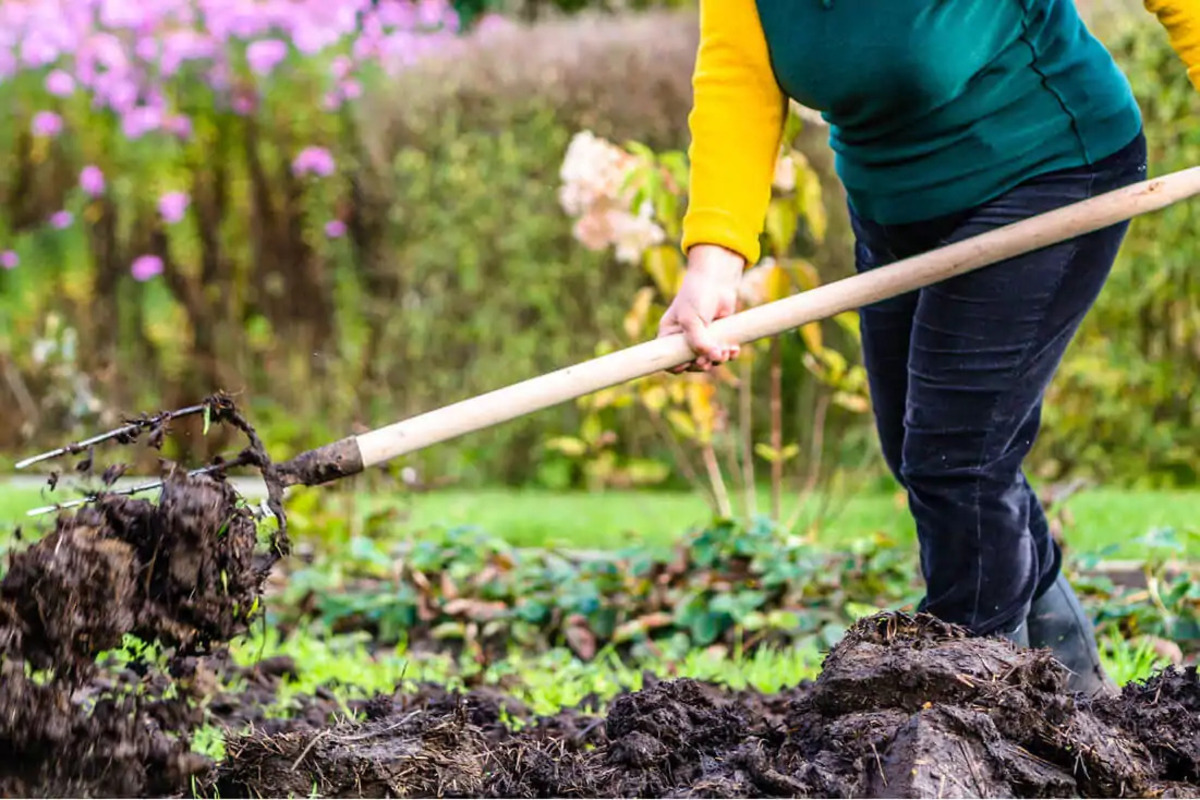
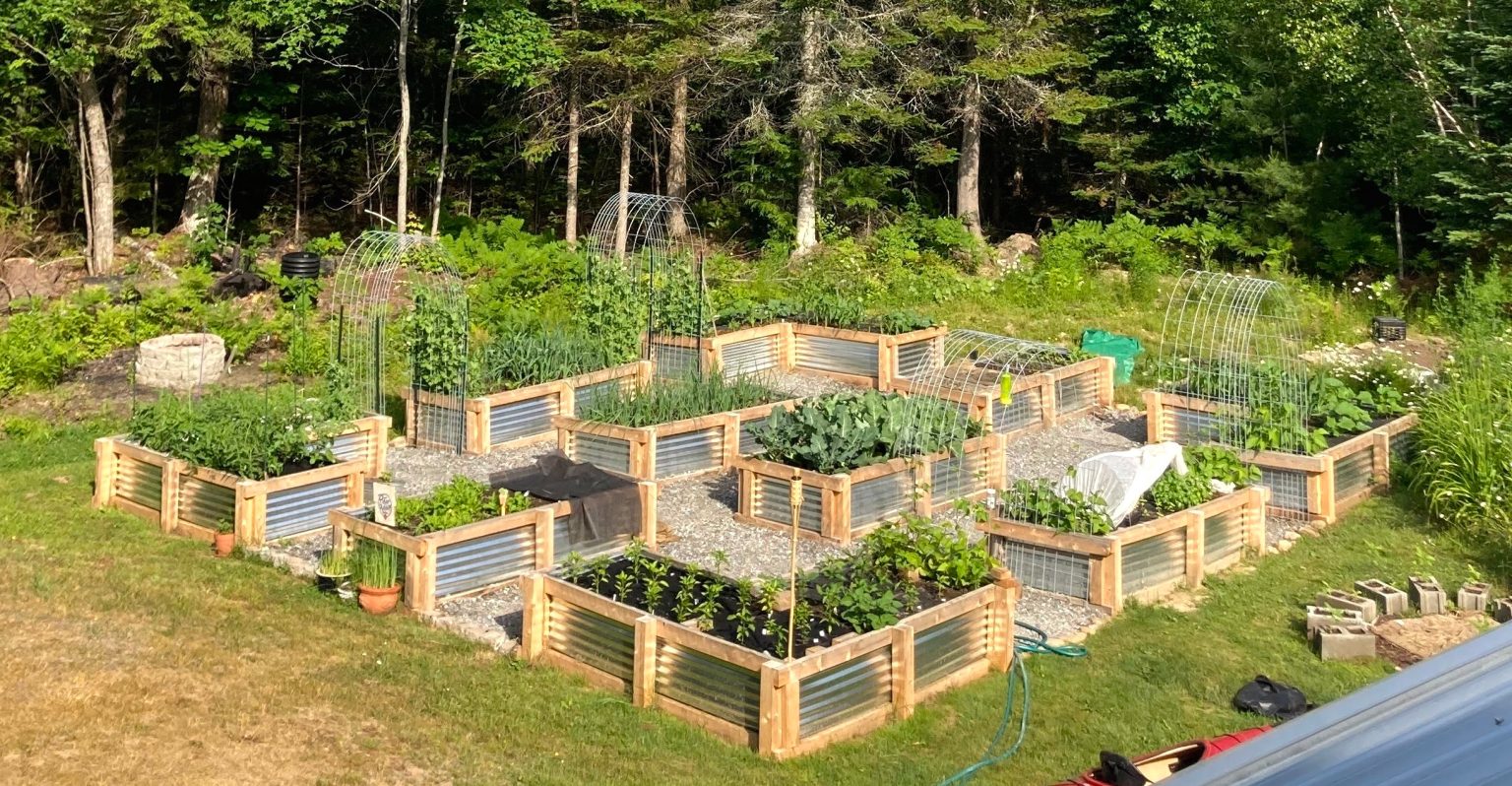


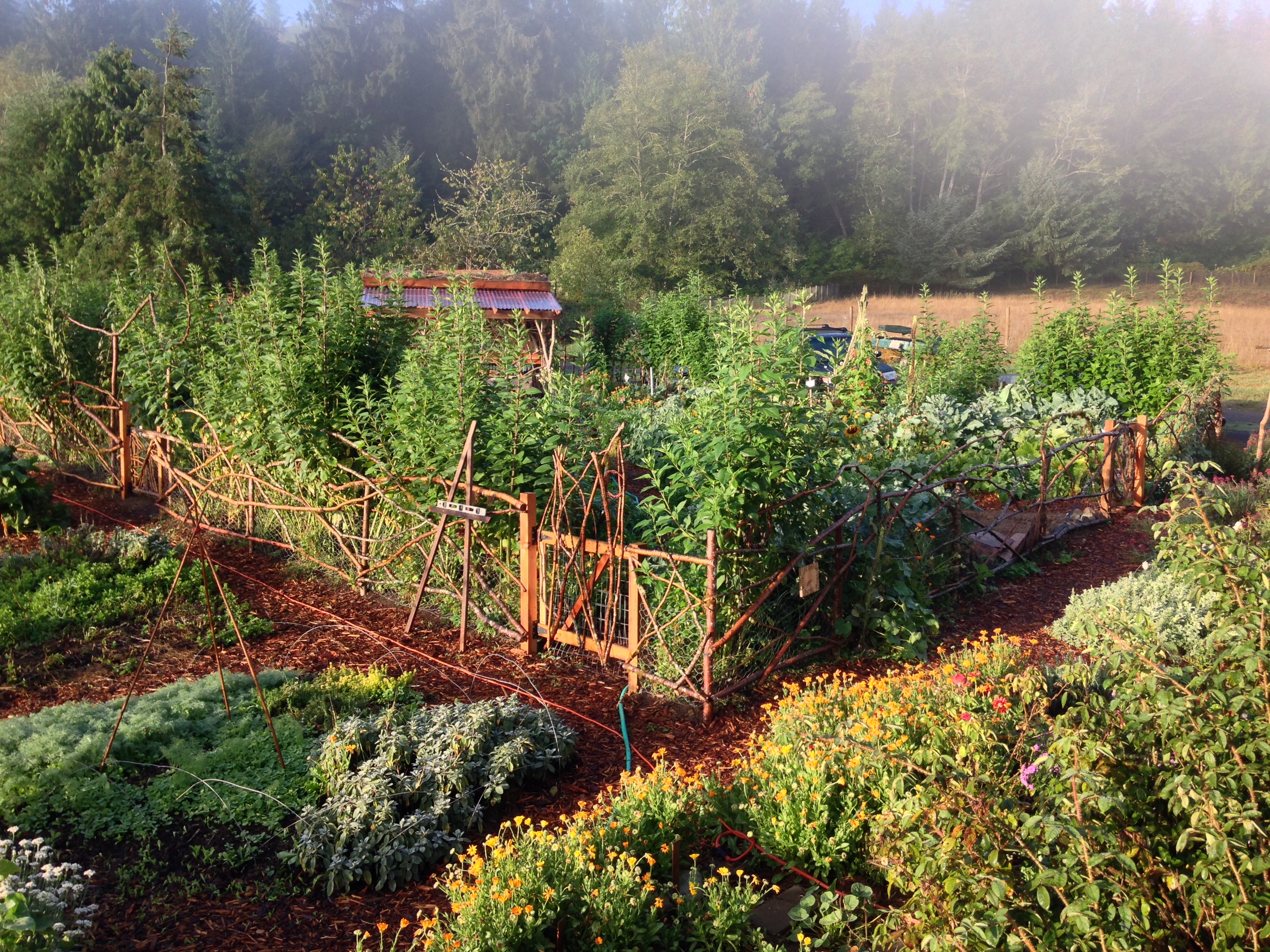
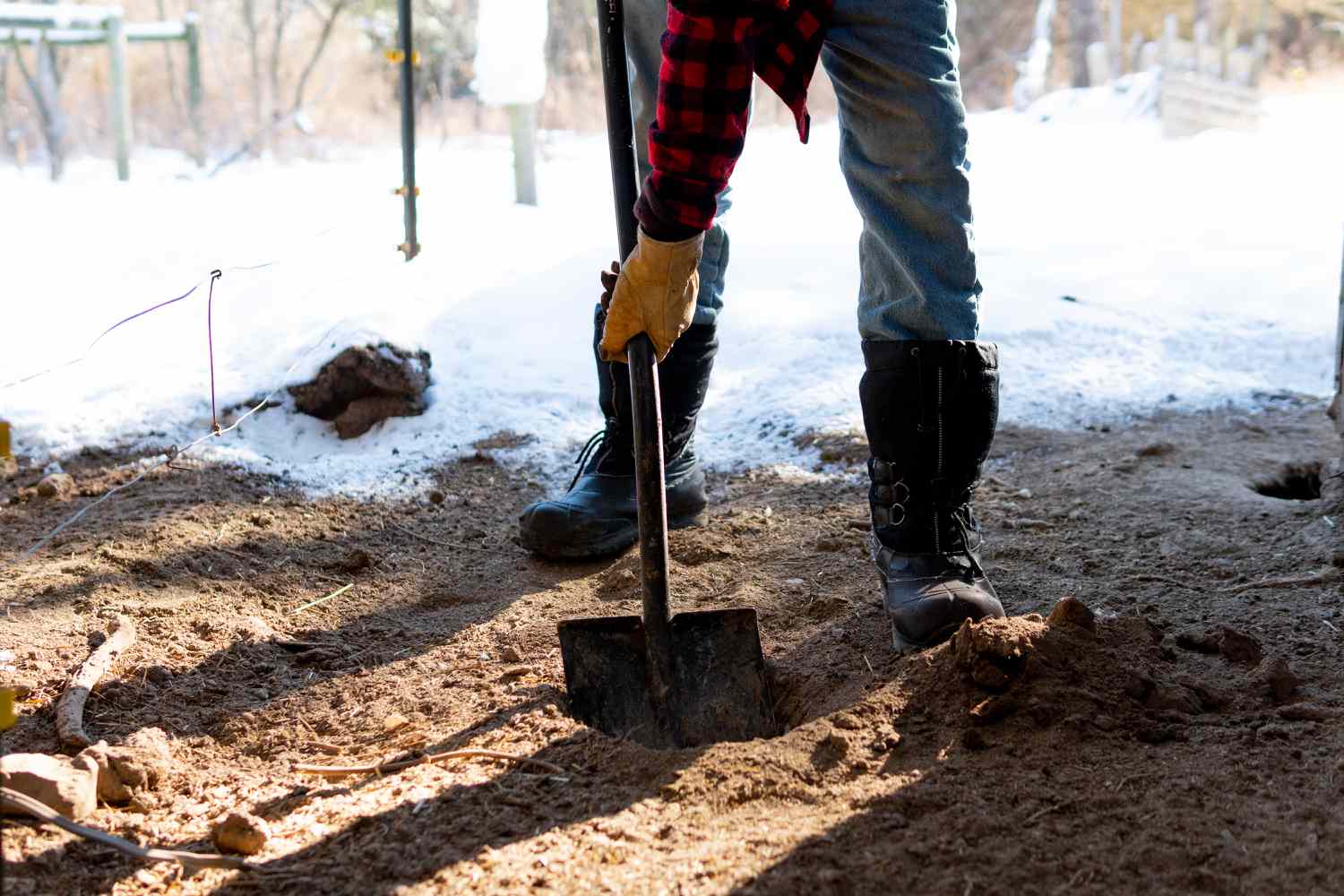
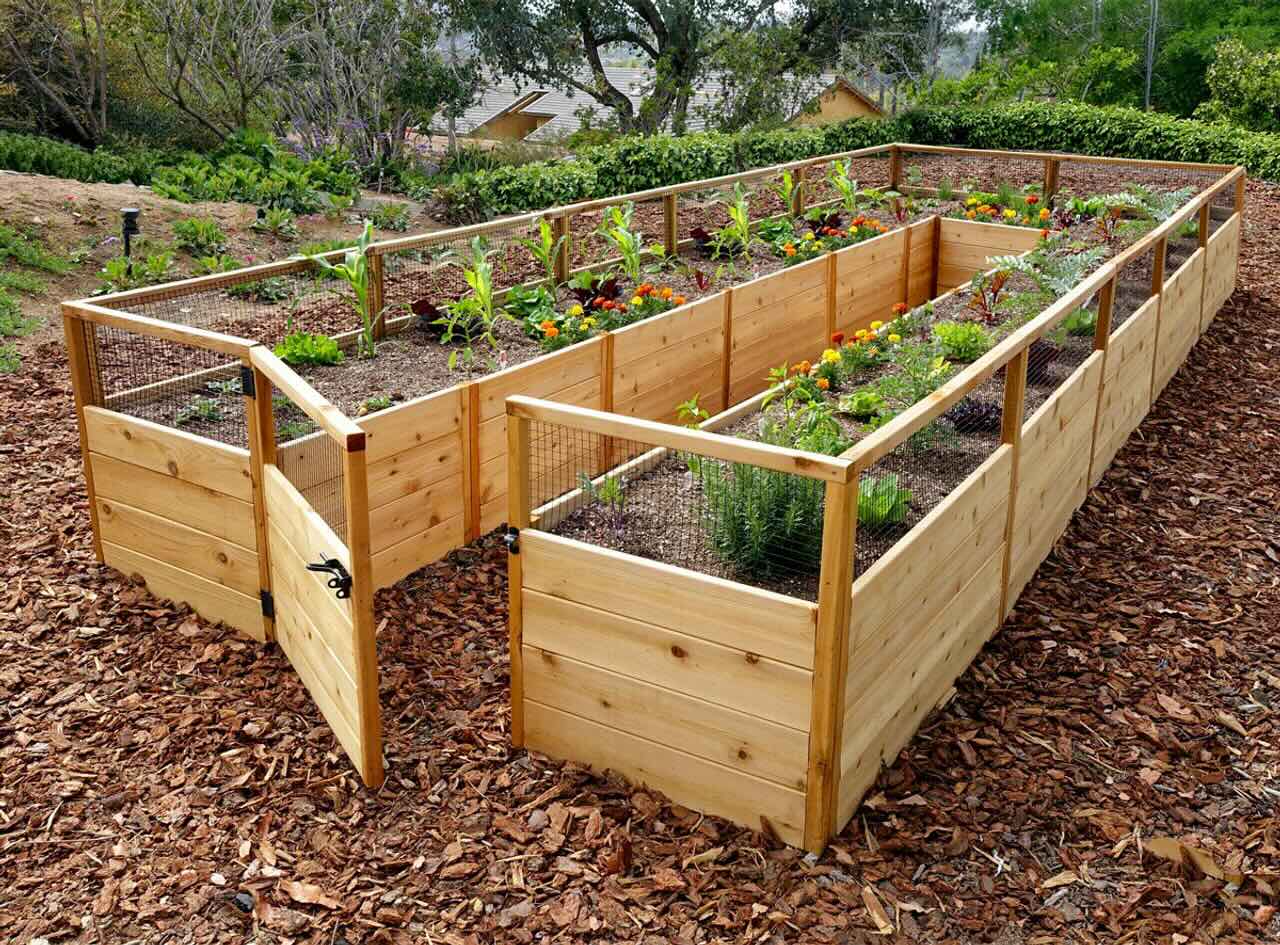
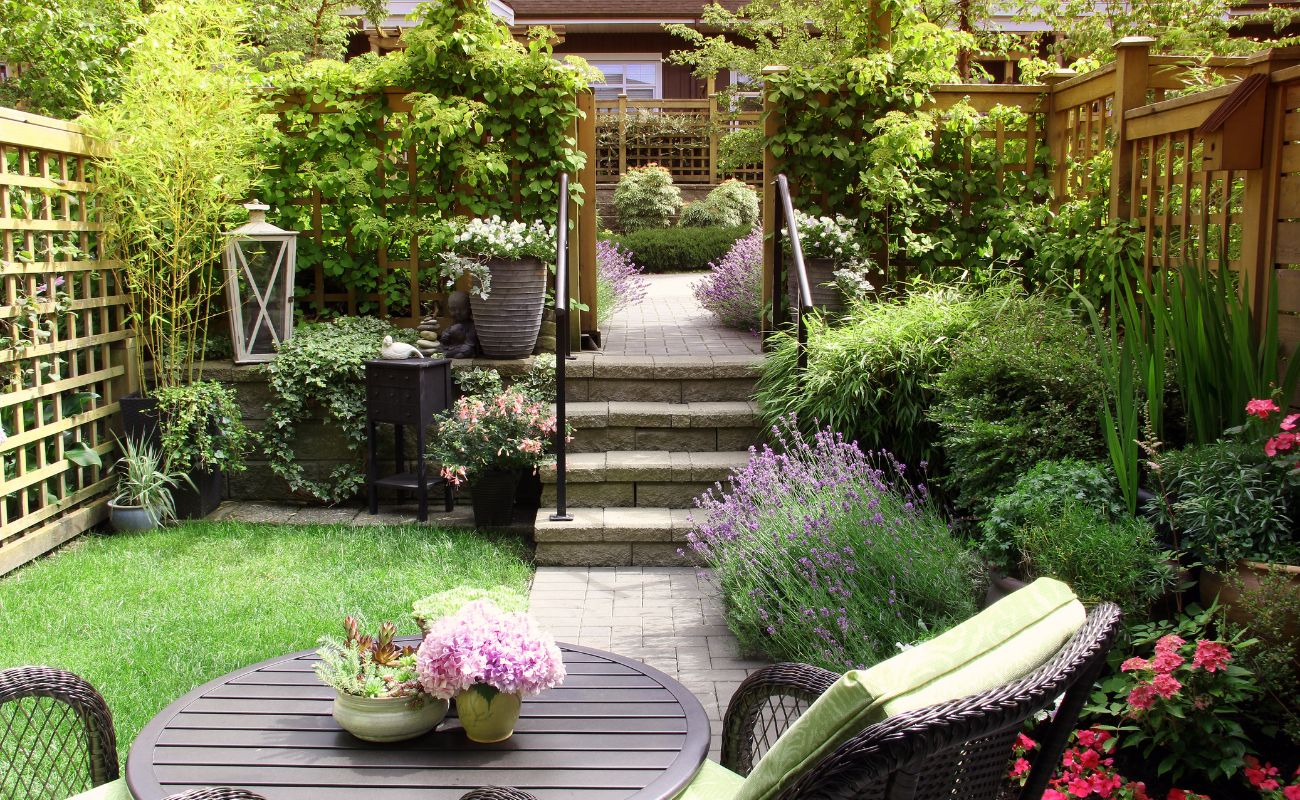
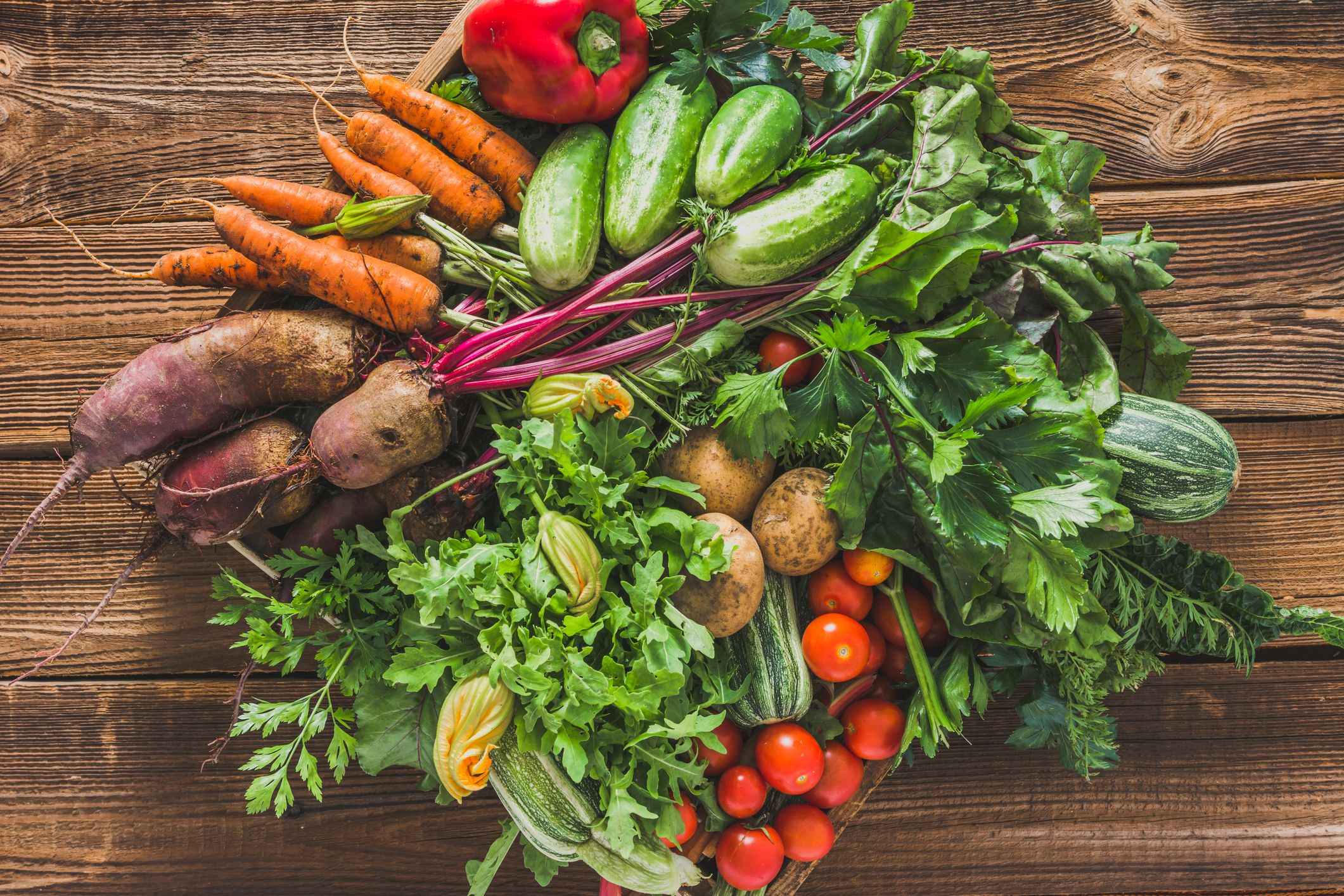
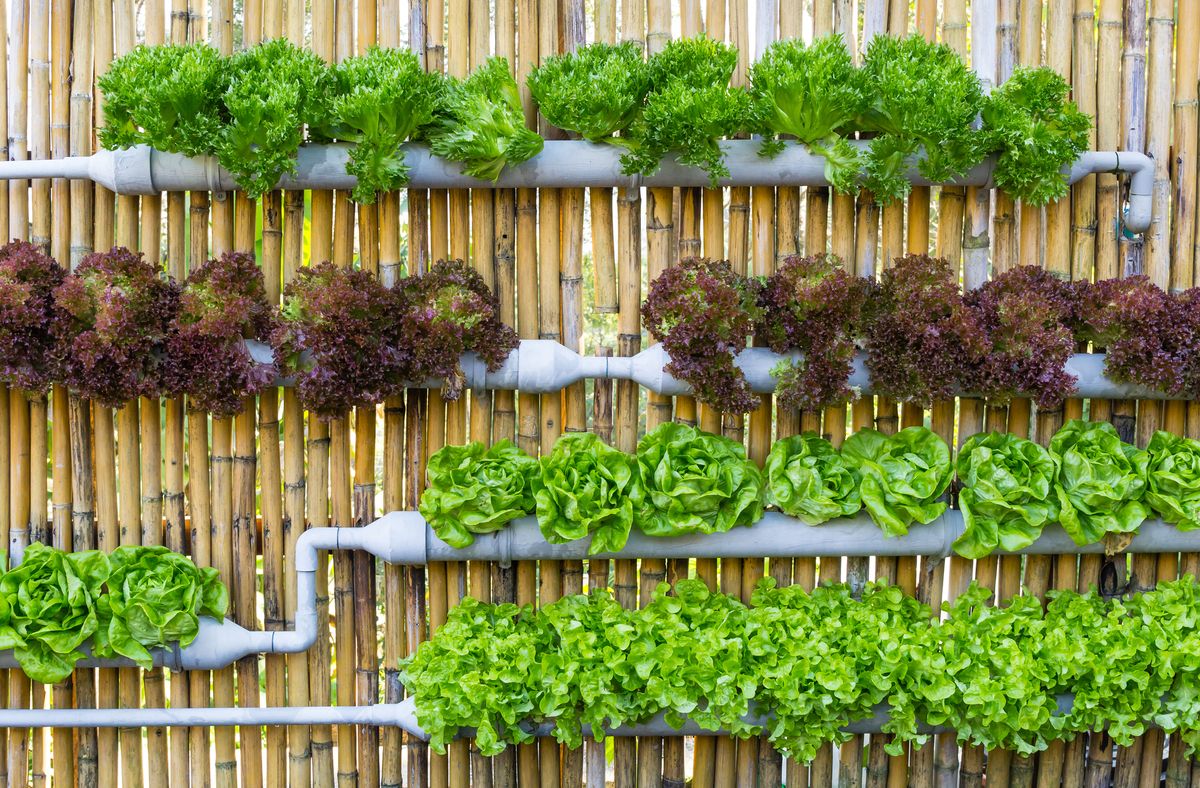
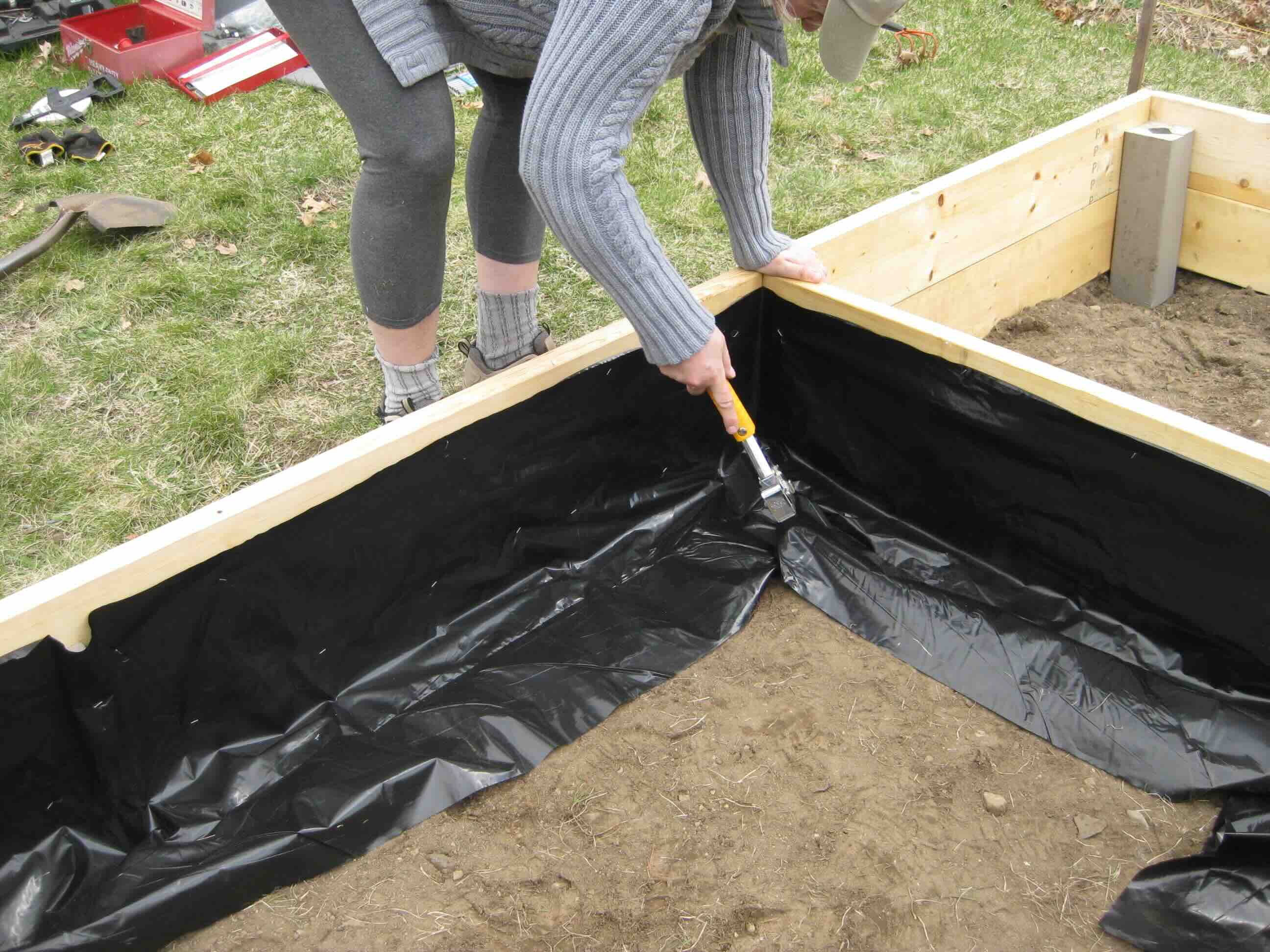

0 thoughts on “What Do Gardeners Do”